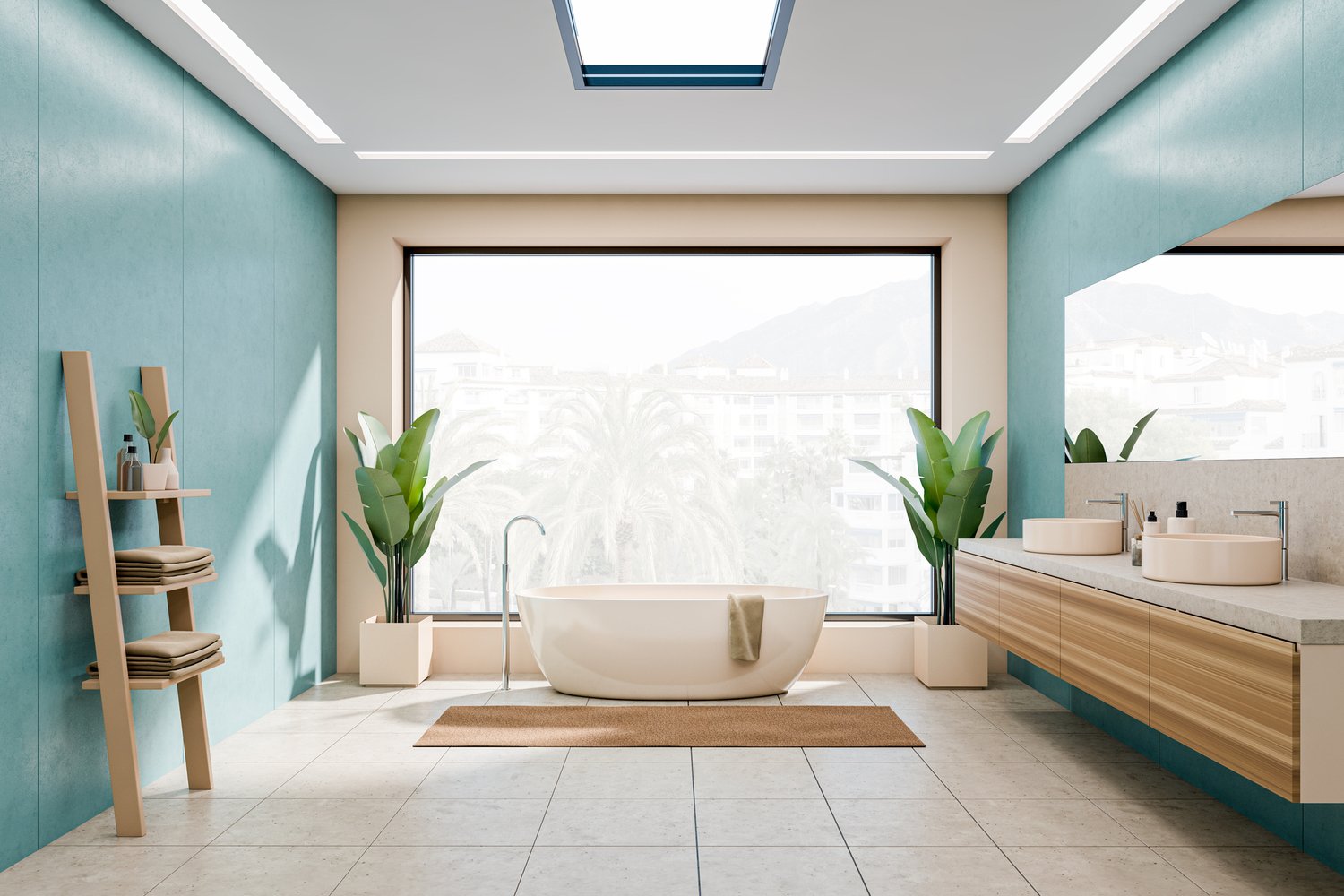Creating a private outdoor sanctuary doesn’t have to mean walling yourself off completely from the world. Whether you’re looking to block an unsightly view, reduce noise, or simply create a more intimate space for relaxation, there are numerous garden privacy solutions that blend functionality with beauty. This article explores various approaches to increasing privacy in your outdoor living spaces, from structural elements like fences and screens to natural barriers created with strategic planting. We’ll help you transform your exposed yard into a secluded backyard retreat where you can truly unwind.
Understanding Your Privacy Needs
Before investing in any privacy solution, take time to assess exactly what you need. Different areas of your garden may require different levels of screening. Perhaps you need complete privacy around a hot tub or outdoor shower, while other areas might benefit from partial screening that maintains views and light. Walk around your property at different times of day to identify exposure points from neighboring properties or public spaces. Consider seasonal changes too—deciduous screening plants provide excellent summer privacy but become more transparent in winter. The more specific you can be about your privacy goals, the more effective your solutions will be.
Strategic Fence Selection
Fences remain one of the most popular and effective garden privacy solutions, offering immediate results and clear boundary definition. Today’s privacy fence ideas go far beyond the basic wooden panel. Consider horizontal slat fences for a contemporary look that still allows breeze flow, or gabion walls (wire cages filled with stones) for an industrial-modern aesthetic that doubles as sound insulation. Composite fencing materials offer the look of wood without the maintenance concerns, while living willow fences combine structure with natural elements. For existing fences that lack height, consider adding trellis toppers that can support climbing plants for additional screening. Remember that many municipalities have height restrictions for fences, typically around six feet, so check local regulations before installing.
Creative Screening Alternatives
For those seeking privacy without the permanence or visual weight of fencing, outdoor screens offer versatile secluded backyard tips. Bamboo or reed screens can be attached to existing structures or mounted on movable frames to create flexible privacy zones. Outdoor curtains made from weather-resistant fabrics introduce a resort-like atmosphere while allowing you to adjust your privacy level as needed. Pergolas fitted with retractable canopies or slatted sides create overhead privacy from overlooking windows while defining outdoor rooms. For contemporary settings, consider metal screens with decorative cutouts that cast interesting shadows while maintaining airflow. As recommended by landscape designers at AskHomey, portable options like large planters on wheels with tall plants can be particularly valuable for rental properties or spaces where needs frequently change.
Strategic Planting for Natural Privacy
Using screening plants creates living barriers that enhance your garden’s ecological value while providing privacy. For immediate impact, consider fast-growing evergreen shrubs like arborvitae, holly, or bamboo (choosing clumping varieties to prevent spreading). Layered plantings create more natural-looking screens—combine trees, shrubs, and perennials of varying heights for depth and interest. Columnar trees like Italian cypress or fastigiate hornbeam provide vertical screening without requiring much ground space, making them ideal for narrow boundaries. For seasonal flexibility, deciduous options like hydrangea or viburnum offer summer privacy while allowing winter light. Climbing plants trained on trellises or wire systems can transform existing structures into green walls, with options like ivy providing year-round coverage and flowering vines adding seasonal interest.
Combining Approaches for Optimal Results
The most successful garden privacy solutions often combine multiple strategies. Consider using structural elements for immediate privacy while plants mature, or creating “privacy zones” rather than screening the entire property. A thoughtfully positioned pergola covered with grape vines might provide dining privacy, while a small grove of ornamental trees screens a seating area. Staggered plantings in front of a fence soften its appearance while adding depth and ecological value. Think about privacy from multiple angles—not just from neighboring properties but also from above if your garden is overlooked from higher windows or decks. Creating a secluded backyard often requires thinking in three dimensions.
Privacy Without Isolation
While pursuing privacy, be careful not to create a fortress-like atmosphere. Consider semi-transparent solutions that filter views rather than blocking them completely. Ornamental grasses provide movement and sound buffering while allowing glimpses through, while carefully positioned garden elements like fountains can mask neighborhood noise without creating visual barriers. Think about how your privacy solutions affect your neighbors—avoiding blocking their light or views unnecessarily maintains good relations while achieving your privacy goals.
For more tips and to connect with reliable home service professionals, follow AskHomey on Facebook and Instagram.



